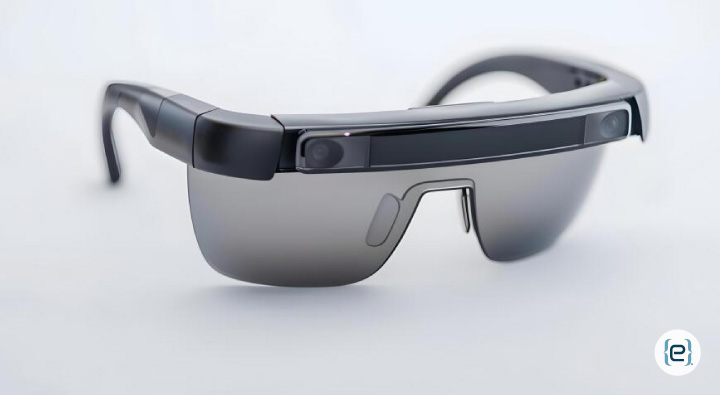Last night, I watched my teenager try to explain smartphones to her 7-year-old cousin. “It’s like, you know, a phone that’s also a computer,” she said, already sensing how inadequate that sounded. Here’s a bold thought: smartphones aren’t just at risk of becoming outdated—they’re already on a slow march toward obsolescence.
The Digital Evolution: From BlackBerry to Beyond
Remember when BlackBerry devices felt indispensable? Those tiny keyboards, blinking lights, and secure messaging once defined modern communication. Now, BlackBerrys are museum pieces. Your smartphone may soon join them—not because it’s less useful, but because the next digital leap is already taking shape.
We’ve reached a plateau in smartphone design. Foldable screens and improved cameras are just incremental upgrades. As one product designer told me, it feels like the final years of the flip phone era—refinements, not revolutions. The next big leap won’t be a better smartphone; it’ll be something entirely different.
Augmented Reality and the Rise of Wearables
Smart glasses are improving rapidly. While they’re not mainstream yet, neither was the first iPhone. Imagine a world where you check directions or read messages through your glasses, not your phone. As these devices mature, the very act of pulling out a phone might feel as outdated as using a paper map.
- The Wearable Revolution: Smartwatches and fitness bands were just the beginning. Advanced wearables are on the horizon—think clothing displaying information, jewelry projecting holograms, or contact lenses overlaying digital data onto your vision.
- The Voice Victory: Voice interfaces are becoming more intuitive. Many users now handle daily tasks through voice commands, barely touching their screens. As this tech improves, the need for physical interfaces will shrink.
- The Holographic Hope: Companies are developing holographic displays that could project interfaces into thin air. When this matures, carrying a physical screen will seem unnecessarily limiting.
Curious about how these innovations might impact your business? Discover how intelligent systems are already transforming the workplace and driving productivity.

Neural Interfaces and Ambient Computing: The Next Leap
Brain-computer interfaces are here, albeit in early stages. As these mature, the smartphone’s touch interface could feel as clunky as a rotary phone. Imagine controlling your digital world with thoughts, gestures, or even eye movements.
The future isn’t about carrying a device—it’s about being surrounded by intelligence. Smart homes, vehicles, and cities are creating environments where traditional smartphones become redundant. Why carry a computer in your pocket when everything around you is a computer?
- The Mini Revolution: Smartphones might not disappear—they might shrink to the point of invisibility. Imagine a ring that projects any interface you need, whenever you need it.
- The Social Shift: Younger generations are showing smartphone fatigue, seeking more immersive, less intrusive ways to connect. For them, advanced AR may render smartphones as limited as landlines.
Want to see how your business can leverage these technologies? Explore our innovation-driven managed services to stay ahead of the curve.
Privacy, Sustainability, and Cultural Change
As devices move closer to your body—from your pocket to your face, wrist, or even your brain—privacy concerns will reshape personal technology. The smartphone’s successor may prioritize privacy in ways current devices don’t.
Environmental impact is another driver. Producing and disposing of billions of smartphones is costly for the planet. Future devices may be modular, biodegradable, and far more sustainable.
- The Business Transformation: Entire industries built around smartphones—accessories, repairs, services—will need to evolve. Some are already pivoting to protective coatings for AR glasses and other emerging devices.
- The Cultural Change: Just as smartphones changed social norms, their successors will create new etiquette. How we interact with AR glasses or neural interfaces will be very different from today’s smartphone protocols.
For a deeper dive into how your organization can prepare for this shift, check out our 24/7 IT support and strategic guidance tailored for future-focused businesses.
The Bottom Line: Preparing for a Post-Smartphone World
The smartphone won’t vanish overnight—just as landlines lingered long after mobile phones appeared. But its reign as your primary digital interface is likely approaching its twilight years. The real question isn’t whether smartphones will become outdated, but what will replace them.
Looking ahead, you may remember smartphones as a transitional technology—a bridge between the analog past and a seamlessly digital future. Like the pocket watch evolving into the wristwatch, the smartphone will morph into something more elegant and less obtrusive.
Are you ready for what’s next? Contact eMazzanti today to learn how we can future-proof your technology strategy and help your business thrive in the era beyond smartphones.






